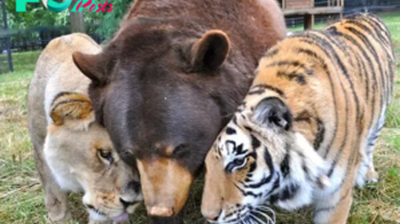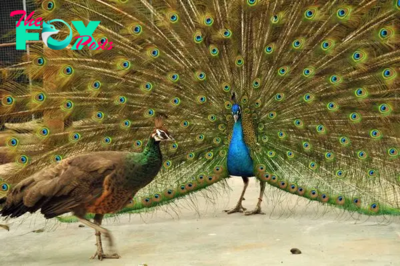Animals
Whales: Giants of the Deep – A Celebration of Nature’s Majesty and Conservation H11

Whales, the magnificent marine maMMAls that roam the world’s oceans, captivate and inspire awe like few other creatures on Earth. Belonging to the order Cetacea, these giants are divided into two main groups: toothed whales (Odontoceti) and baleen whales (Mysticeti), each with unique characteristics and adaptations suited to their oceanic Lifestyles.
Toothed whales, such as dolphins, sperm whales, and killer whales, are equipped with teeth used for capturing and consuming prey, which primarily consists of fish, squid, and occasionally other marine maMMAls. In contrast, baleen whales, like the blue whale, humpback whale, and gray whale, possess baleen plates instead of teeth. These plates filter small fish, krill, and plankton from seawater, a feeding strategy that allows them to sustain their immense size.

The blue whale, known as the largest animal to have ever existed on Earth, can reach lengths of up to 100 feet and weigh over 200 tons. Its heart alone can weigh as much as a small car. Despite their enormous size, blue whales primarily feed on krill, consuming up to 4 tons of these tiny crustaceans daily during the feeding season.
Whales are descendants of terrestrial maMMAls that adapted to aquatic life over millions of years. Fossil evidence suggests that early whales transitioned from land to sea, evolving features such as streamlined bodies, paddle-like limbs, and blowholes for efficient breathing at the water’s surface. These adaptations enable whales to thrive in their aquatic habitats, from polar seas to tropical oceans.
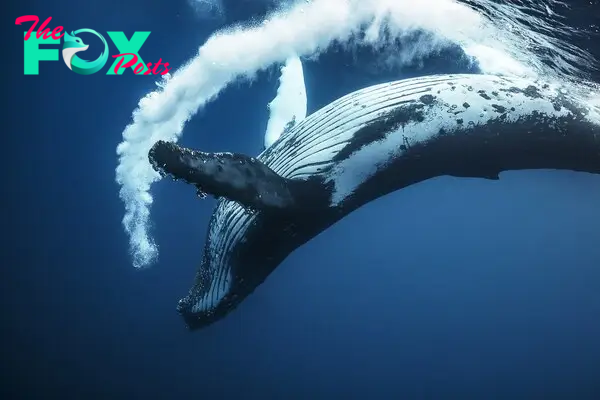
Behaviorally, whales exhibit a wide range of fascinating traits. Many species are known for their acrobatic displays, breaching, tail-slapping, and spy-hopping—behaviors believed to serve various purposes, including communication, navigation, and play. Humpback whales are renowned for their complex songs, which can last up to 30 minutes and are thought to play a role in mating rituals or social bonding.
Migration is another notable behavior among whales, with many species undertaking long-distance journeys between feeding and breeding grounds. Gray whales, for example, Travel thousands of miles each year between their summer feeding grounds in the Arctic and their winter breeding grounds in the warmer waters off Mexico’s coast. These migrations are essential for accessing abundant food supplies and safe breeding environments.

Human interactions with whales have a complex history. For centuries, whales have been hunted for their meat, blubber, and bones, driving many species to the brink of extinction. Commercial whaling peaked in the 19th and 20th centuries, leading to a significant decline in global whale populations. The introduction of international whaling bans and regulations, such as the 1986 moratorium by the International Whaling Commission, aimed to protect endangered whale species and allow populations to recover.
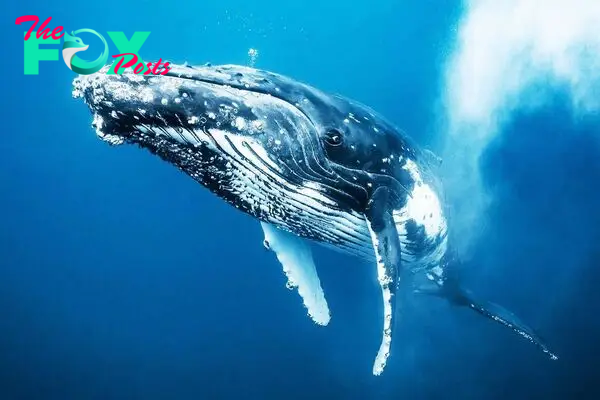
-
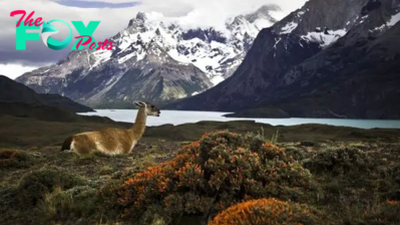
 Animals21m ago
Animals21m agoWhich continent has the most animal species?
-

 Animals36m ago
Animals36m agoWhen Threatened, This Caterpillar Takes On the Appearance of a Venomous Snake
-

 Animals3h ago
Animals3h agoHeartbreaking Plea: Sun Bear Waves for Help, Finally Rescued After Being Trapped in the Snare
-

 Animals3h ago
Animals3h agoMysterious Moon Encounter: UFO Races Across Lunar Surface, Puzzling Astronomers with Unexplained Phenomenon
-
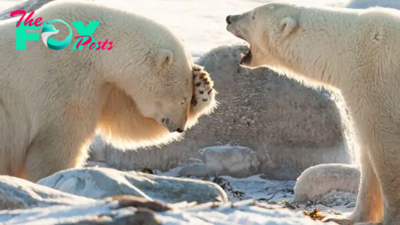
 Animals5h ago
Animals5h agoZany polar bears and a '3-headed' giraffe star in Nikon Comedy Wildlife Awards
-

 Animals8h ago
Animals8h agoHeartbreaking! Sea Turtle Was Trapped In A Fish Net Completely But Was Later Rescued & Released Into The Sea
-

 Animals8h ago
Animals8h agoHeartwarming Rescue: Leopard Cares for Baby Antelope After Loss of Mother, Questioning Its Intentions in a Surprising Wildlife Moment
-

 Animals9h ago
Animals9h agoA Stitch of Hope: Turtle Receives Plastic Surgery on Shell Following Boat Crash, Inspiring Compassionate Conservation Efforts
